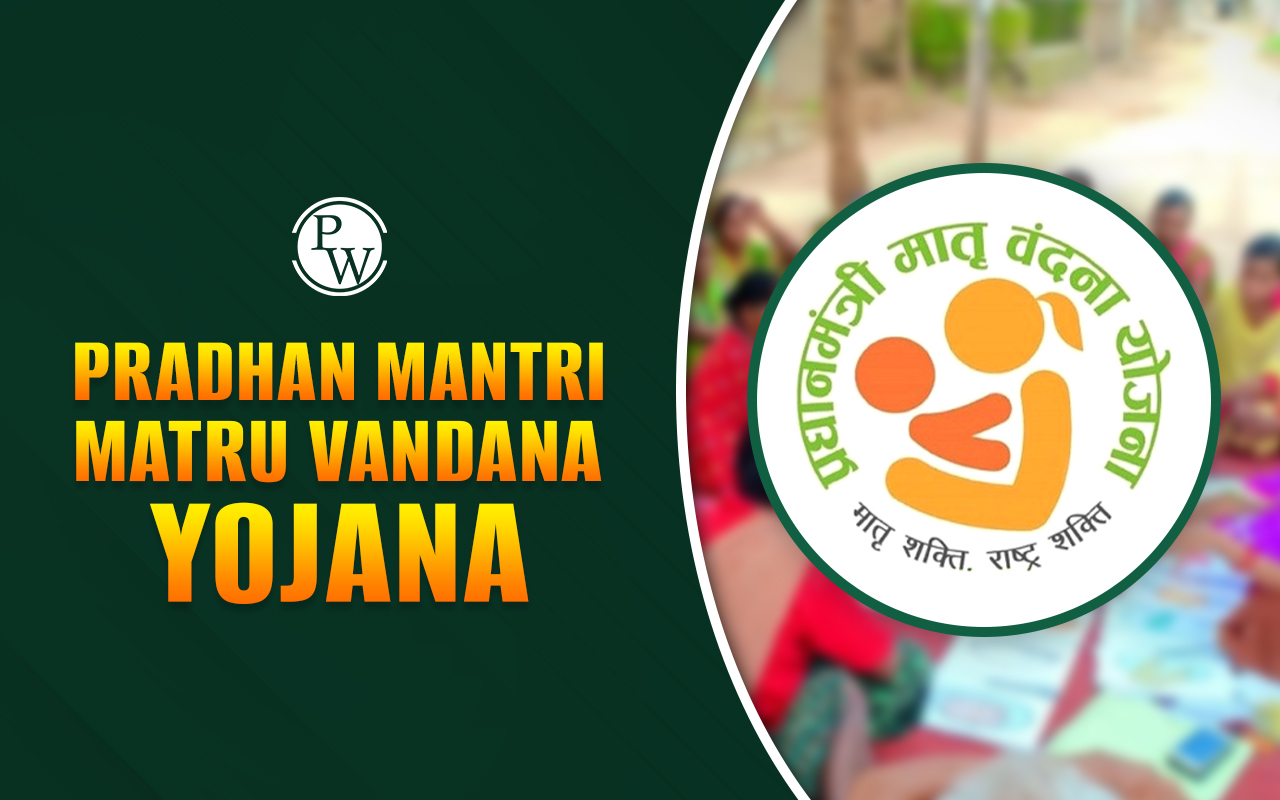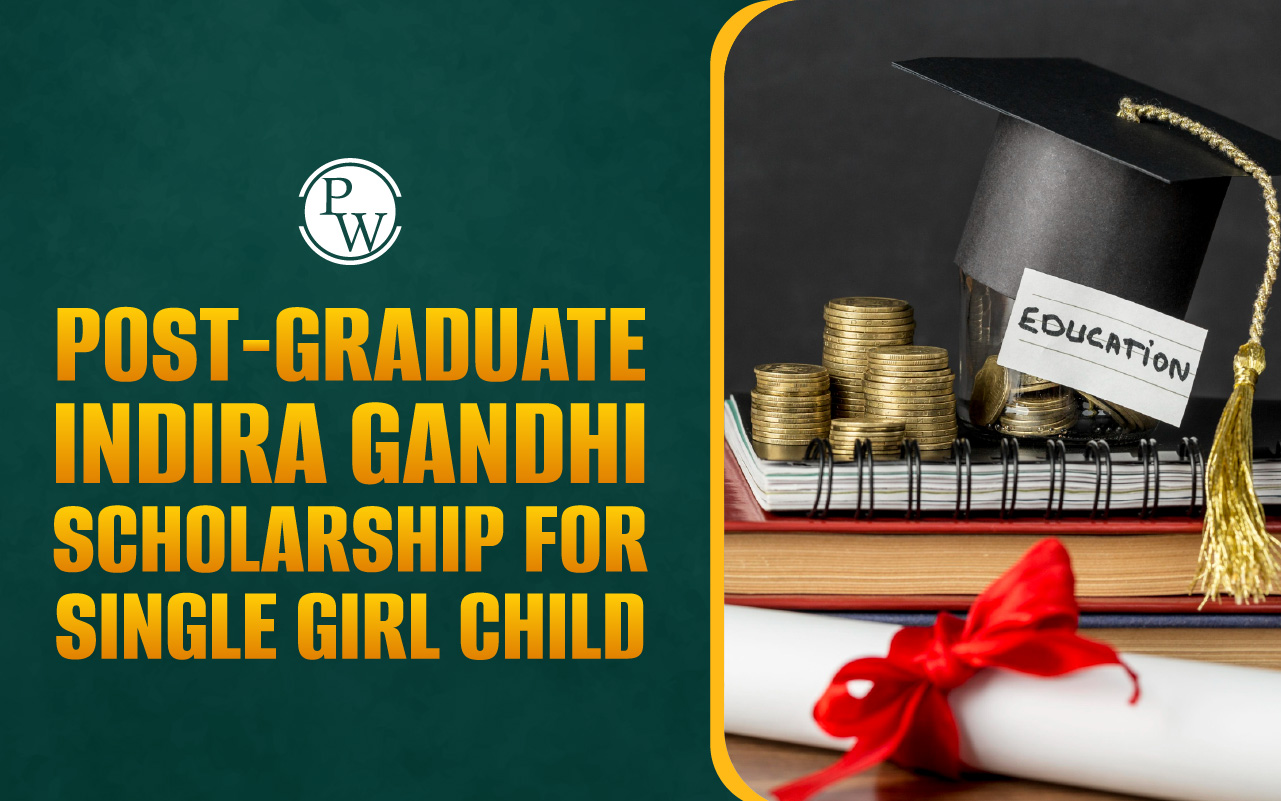
Classical Languages : The Union Cabinet officially recognised Marathi, Pali, Prakrit, Assamese, and Bengali as Classical Languages, also known as Shastriya Bhasha on October 3, 2024. This brings the total number of Classical Languages in India to eleven , including previously recognised languages like Sanskrit and Tamil.
Classical languages hold a special status in India as custodians of ancient knowledge, history, and tradition. The government aims to preserve and promote these languages by granting them this status. UPSC aspirants should be well aware of the Indian classical language, the selection criteria , and the significance of this status for the upcoming exam.Classical Languages in India
Indian classical languages have a rich literary tradition and history. Recognizing a language as classical signifies its importance in shaping the cultural and intellectual landscape of India. The evolution of these classical languages dates back thousands of years. Each language has its roots in ancient civilizations and has evolved over centuries. For instance, Tamil is one of the oldest languages with a history that dates back over 2,000 years. Sanskrit, often referred to as the mother of many Indian languages , has been a significant medium for ancient texts and scriptures. Similarly, languages like Telugu and Kannada have also played crucial roles in developing regional literature and culture. The evolution of these languages reflects the diverse cultural influences that have shaped India over the centuries.Criteria for Classical Language Status
To be classified as a classical language in India, a language must meet several criteria set by the government. The Linguistic Experts Committee (LEC) has set these criteria to ensure that only languages with significant historical and cultural value receive this status. The revised criteria , established in 2024, are as follows:- High antiquity of its early texts/recorded history over a period of 1500- 2000 years.
- A body of ancient literature/texts, which is considered a heritage by generations of speakers.
- Knowledge texts, especially prose texts in addition to poetry, epigraphical and inscriptional evidence .
- The Classical Languages and literature could be distinct from its current form or could be discontinuous with later forms of its offshoots.
Evolution of Indian Classical Language Status
The concept of classical language originated in the UPA-1 government era, and Tamil was designated as the first classical language of India in 2004. Later a Linguistic Experts Committee was set up under the Sahitya Akademi by the Ministry of Culture to examine the process of recognising other classical languages in India. According to previous criteria identified by LEC, the list of Classical Languages of India was expanded to 6 and included Sanskrit, Telugu, Kannada, Malayalam, and Odia by 2014. This year the committee revised the criteria for this status in July, making way for new languages. With the recent announcement, Marathi, Pali, Assamese, Prakrit, and Bengali have joined the Indian classical languages list, taking the total languages to eleven .Classical languages of India
The original list of Indian classical languages included six names which are:Tamil
Tamil was the first language to be designated as a classical language in 2004 . With a rich literary tradition dating back over 2000 years, Tamil is a Dravidian language. Its vast ancient literature dating back to the ‘Sangam ’ period and unique cultural significance made it an obvious choice for classical status.Sanskrit
Sanskrit, recognized in 2005 belongs to the Indo-Aryan branch of the Indo-European language family. It is the language of ancient Indian texts like the Vedas, Upanishads, and epics such as the Mahabharata and Ramayana. Sanskrit has influenced various fields such as philosophy, science, and religion.Telugu
Telugu was granted classical status in 2008. This language is predominantly spoken in the Indian states of Andhra Pradesh and Telangana. The roots of Telugu can be traced back to the proto-Dravidian language, showcasing its long-standing presence in the region’s cultural and linguistic landscape.Kannada
Kannada, like Telugu, earned its classical status in 2008 . It is a Dravidian languag e that is primarily spoken in southwest India, particularly in the state of Karnataka. Kannada is written in a script that evolved from the Kadamba script in the fifth century and has a history of extensive literary works in both prose and poetry.Malayalam
Malayalam, recognized as a classical language in 2013 , is the youngest of the Dravidian languages. It is known for its unique ‘Vattezhuthu ’ script and rich literary tradition. The earliest literary works in Malayalam date back to the ninth to eleventh centuries, and currently it is primarily spoken in Puducherry, Lakshadweep , and Kerala .Odia
Odia was granted classical status in 2014 due to a long literary history, dating back to the 10th century. It is spoken primarily in the Indian states of Odisha, West Bengal, Chhattisgarh, and Jharkhand, and belongs to the Indo-Aryan language family.List After 5 New Classical Languages Added
With the recent announcement, five new languages have been added to the list of Indian Classical Languages:Marathi
Marathi, derived from Maharashtri Prakrit , has its roots in western India and was the official language of the Satvahana dynasty. The oldest evidence of this language dates back to a stone inscription from the 1st century BCE , while modern Marathi can be traced to a copper-plate inscription from 739 CE.Pali
Pali, likely a form of Sanskrit-influenced Magadhi Prakrit, is known as the language of the Theravada Buddhist Canon , including the Tipitaka. Considered the language of the Buddha, Pali has a significant historical presence in countries like Sri Lanka, Myanmar, and Thailand. Its continued use in Buddhist rituals and texts highlights its enduring cultural importance.Assamese
Assamese, which emerged from Magadhi Prakrit , is primarily spoken in the northeastern state of Assam. Its origins are debated, with scholars suggesting a timeline from the 6th to the 12th centuries. Assamese has a rich literary tradition, featuring poetry and prose that reflect the region's unique culture and history, making it an essential part of India's linguistic heritage.Prakrit
Prakrit refers to a group of closely related Indo-Aryan languages that served as the vernacular for the masses, distinct from the elite Sanskrit. These languages flourished during the first millennium BCE and were associated with popular religions and cultural movements. Jain texts, such as the Jain agamas, and works like the Gatha Saptashati s howcase the importance of Prakrit in India's literary history.Bengali
Bengali has also originated from Magadhi Prakrit and is primarily spoken in West Bengal and Bangladesh. Its origin can be found between the 6th and 12th centuries . Bengali features a rich literary tradition, producing notable poets and writers. The language's unique script and cultural contributions make it an essential part of India's diverse linguistic landscape. ?si=aK0Yz1ZeNamioEn7List of Classical Languages Year Wise
Classical languages have been officially recognized by the Government of India based on specific criteria such as historical significance, literary tradition, and intellectual achievements. Below is a year-wise list of languages recognized as classical in India:| Year Wise List of Classical Languages | |
| Language | Language |
| Tamil | 2004 |
| Sanskrit | 2005 |
| Telugu | 2008 |
| Kannada | 2008 |
| Malayalam | 2013 |
| Odia | 2014 |
| Marathi, Pali, Prakrit, Assamese, and Bengali | 2024 |
Benefits After Classical Language Status
Receiving the classical language status offers several benefits. These include:- Research and Preservation: Government grants support the preservation, research, and translation of classical languages, revitalizing ancient texts and knowledge systems.
- Global Recognition: Classical languages gain international recognition, increasing interest in their study worldwide.
- University Chairs: The establishment of university chairs dedicated to the study and promotion of classical languages encourages higher education in these fields like the case of Central Institute of Classical Tamil.
- Financial Support: Substantial financial assistance is provided to institutions working towards the preservation and promotion of classical languages, helping with digitization, translation, and preservation of ancient texts.
- Employment Opportunities: This recognition creates jobs in academia, research, archiving, translation, and digital media.
- Cultural Integration: It fosters pride among speakers, promoting national integration and aligning with India's vision of cultural self-reliance.
Difference Between Classical Languages and Schedule Languages
The terms Classical Languages and Scheduled Languages refer to two different categories of languages in India, each with its own significance and status.| Difference Between Classical Languages and Schedule Languages | ||
| Aspect | Classical Languages | Scheduled Languages |
| Definition | Languages with ancient heritage and rich literary traditions. | Languages recognized in the Eighth Schedule of the Constitution. |
| Criteria | Must have a rich history, ancient literature, and more than 1,500 years old. | Recognized by the Constitution for official use in government and administration. |
| Examples | Tamil, Sanskrit, Kannada, Telugu, Malayalam, Odia, Marathi, Pali, Prakrit, Assamese, and Bengali. | Assamese, Bengali, Bodo, Dogri, Gujarati, Hindi, Kannada, Kashmiri, Konkani, Malayalam, Manipuri, Marathi, Maithili, Nepali, Oriya, Punjabi, Sanskrit, Santhali, Sindhi, Tamil, Telugu, and Urdu |
| Total Languages | 11 Languages | 22 Languages |
| Official Status | Not necessarily used for government functions. | Used in governmental functions, education, and legal matters. |
| Purpose | To preserve and promote the language's cultural and literary heritage. | To ensure linguistic diversity and enable governance in multiple languages. |
| Promotion | Encouraged for academic research and cultural preservation. | Promoted for use in administration, media, and education. |
| UPSC Related Articles | ||
| Nobel Prize 2024 | NCERT for UPSC Exam 2025 | UPSC Mains Admit Card |
| UPSC Mains Exam Pattern | Impact of Social Media on UPSC | Role of Family Support in UPSC |
Indian Classical Language FAQs
What are the criteria for a language to be recognized as classical?
A language must have a recorded history of 1500-2000 years, a rich literary tradition, and distinctiveness from its modern forms.
How many classical languages in India are there?
India now has 11 classical languages, including the newly recognized Marathi, Pali, Prakrit, Assamese, and Bengali.
What are the new classical languages added in 2024?
In 2024, Marathi, Pali, Prakrit, Assamese, and Bengali were added to the list of Indian classical languages.
Which was the first Indian language to be recognized as classical?
Tamil was the first Indian language to be recognized as a classical language in 2004.
What are the benefits of classical language status?
It provides financial support, research opportunities, and helps preserve and promote the language’s rich literary tradition.
What are new shastriya languages?
New shastriya languages also known as classical language are: Marathi, Pali, Prakrit, Assamese, and Bengali.
Talk to a counsellorHave doubts? Our support team will be happy to assist you!

Free Learning Resources
PW Books
Notes (Class 10-12)
PW Study Materials
Notes (Class 6-9)
Ncert Solutions
Govt Exams
Class 6th to 12th Online Courses
Govt Job Exams Courses
UPSC Coaching
Defence Exam Coaching
Gate Exam Coaching
Other Exams
Know about Physics Wallah
Physics Wallah is an Indian edtech platform that provides accessible & comprehensive learning experiences to students from Class 6th to postgraduate level. We also provide extensive NCERT solutions, sample paper, NEET, JEE Mains, BITSAT previous year papers & more such resources to students. Physics Wallah also caters to over 3.5 million registered students and over 78 lakh+ Youtube subscribers with 4.8 rating on its app.
We Stand Out because
We provide students with intensive courses with India’s qualified & experienced faculties & mentors. PW strives to make the learning experience comprehensive and accessible for students of all sections of society. We believe in empowering every single student who couldn't dream of a good career in engineering and medical field earlier.
Our Key Focus Areas
Physics Wallah's main focus is to make the learning experience as economical as possible for all students. With our affordable courses like Lakshya, Udaan and Arjuna and many others, we have been able to provide a platform for lakhs of aspirants. From providing Chemistry, Maths, Physics formula to giving e-books of eminent authors like RD Sharma, RS Aggarwal and Lakhmir Singh, PW focuses on every single student's need for preparation.
What Makes Us Different
Physics Wallah strives to develop a comprehensive pedagogical structure for students, where they get a state-of-the-art learning experience with study material and resources. Apart from catering students preparing for JEE Mains and NEET, PW also provides study material for each state board like Uttar Pradesh, Bihar, and others
Copyright © 2025 Physicswallah Limited All rights reserved.
Get App






